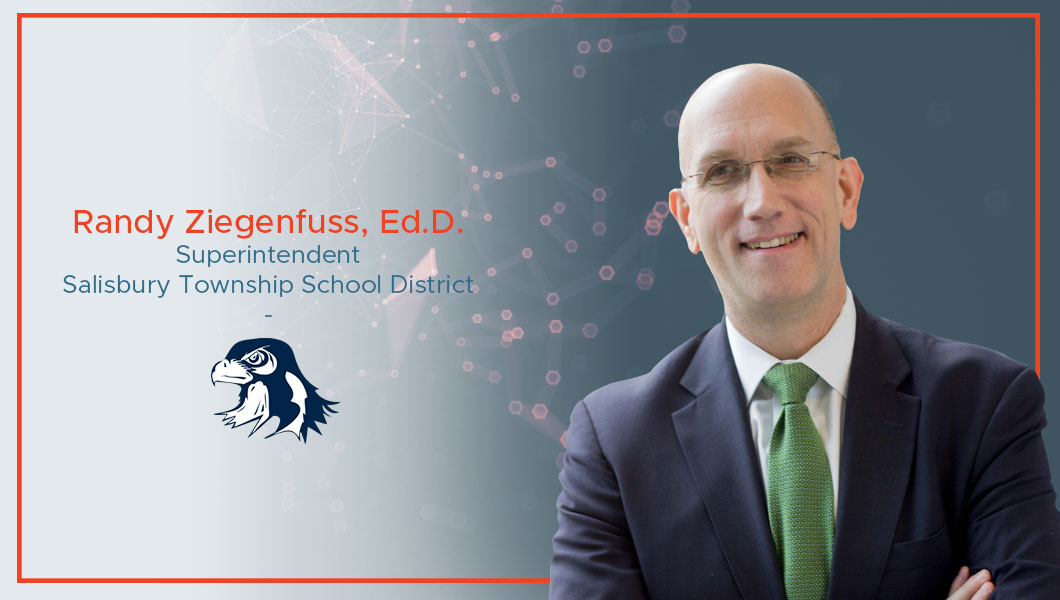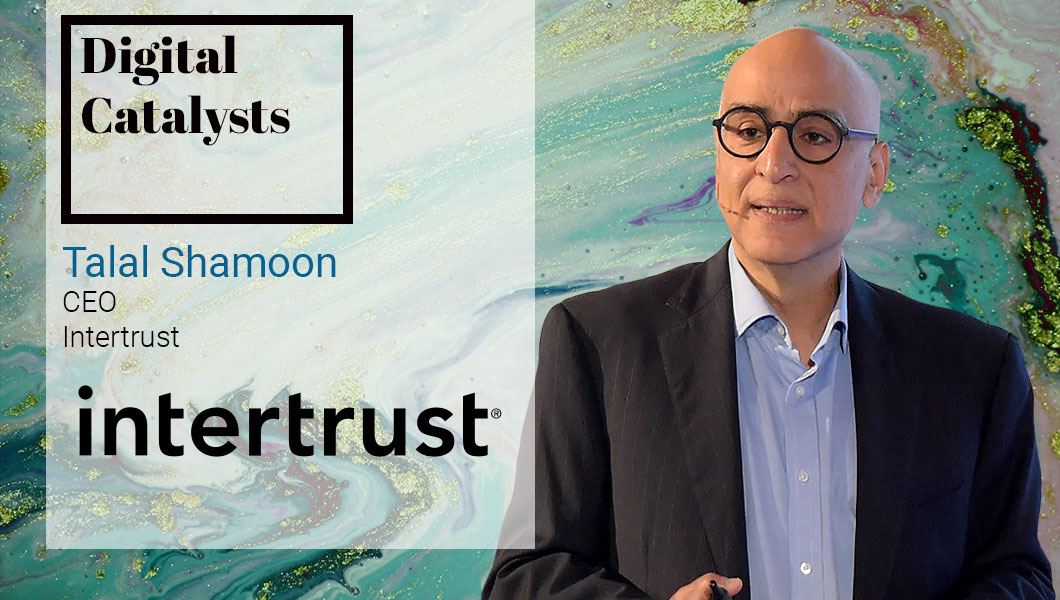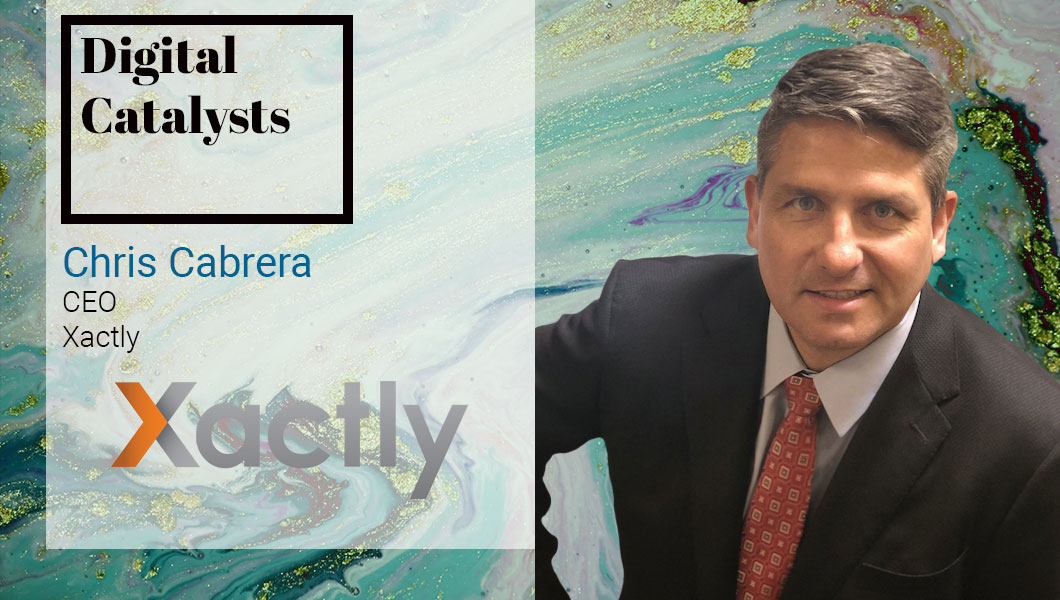Interview with Randy Ziegenfuss, Ed.D, Superintendent of Salisbury Township School District

In this interview, Randy Ziegenfuss, Ed.D., Superintendent of Salisbury Township School District, speaks about his role as a district leader in bringing systemic change within teaching and learning to his district. He discusses the challenges they faced while infusing technology within the education system and elaborates on their efforts that eventually resulted in a digital school district. Read on to see how rethinking technology led to reduced budget requirements for this Champion of Change
Describe your role and the student population in your district.
I’m superintendent in the Salisbury Township School District in Allentown, Pennsylvania. We are a small, suburban school district with a population of 1,600 students in four schools — two elementary buildings, one middle school and one high school. I have served the district for more than a decade in various roles: Director of Technology, Assistant Superintendent for Teaching and Learning and Superintendent.
What type of technology do you use in your district?
We started our 1:1 technology and learning initiative in 2011. At that time, it was branded TL2014 and provided all students in middle and high school with a MacBook to use in school and at home. In 2014, we rebranded the initiative TL2020 and extended 1:1 access to our students in grades K-5. We are now a digital school district! Currently, each student in K-1 has access to an iPad mini (each grade level also has access to a MacBook Pro cart), and each student in grades 2-12 has access to a MacBook Pro. Elementary school students store the devices at school and do not take them home.
Is a culture of learning the norm in #k12 #education? #keeplearning #moravianAR #edchat pic.twitter.com/lnFe4cIP70
— Randy Ziegenfuss, Ed.D. (@ziegeran) July 8, 2018
What were the challenges you faced rolling out technology across different schools?
Despite starting a 1:1 program five years ago, the real work started five years prior when we had computer labs and one desktop PC in each instructional area. The Superintendent and Assistant Superintendent at the time knew there was a greater role for technology in the teaching and learning process. The challenge was developing a compelling vision for teaching and learning and educating the school and local communities. Over a period of five years, we provided professional development in applications and instructional practices. As we saw shifts in student learning aligned with our compelling vision, the school board provided more funding for access.
As access increased and teaching and learning began to transform (with professional development for teachers and leaders), increased access (and it’s cost) became another challenge.
The Best Edtech Tool is an Empowered Teacher https://t.co/KO7qoc4Hvg #edchat pic.twitter.com/8KG7ABdviM
— Randy Ziegenfuss, Ed.D. (@ziegeran) July 7, 2018
There simply was not enough technology to do all the things we wanted to do in the classroom. The tipping point for us moving to 1:1 was rethinking our replacement cycle. We no longer purchased tens of thousands of dollars of technology each year. Instead, we entered into a lease agreement which allowed us to provide all of our middle and high schools with access through their own personal computing device. It also provided our budget with a defined expenditure annually — something we could count on. In fact, our technology budget actually decreased as a result of rethinking how we replaced technology!
Our greatest challenge now is bringing pockets of innovation to scale. How do we bring about systemic change? To address this challenge, we developed an action research project that resulted in the identification of 6 critical factors of success for teachers designing transformational learning experiences. We used our learning to develop a cohort of teachers to explore classroom innovations (what we call “uncommon dots”). These teachers have met monthly to collaborate and share their work through iterations of various learner-centered projects. Slowly, pockets of innovation are spreading.
How has technology changed teaching and learning in your district?
Our classrooms look very different now than they did ten years ago. What used to be classrooms with rows of desks and very limited access to technology are now flexible learning environments with individual student access to just about any information and learning available through a digital device. Learning is much more learner-centered. Inquiry, project-based learning, connections to real-world experts have become more common, all supported by access to technology.
What are your hopes for educational technology in the future?
While we have made great progress in our district over the past ten years, there is still much work to be done until we reach a full digital transformation. In 2016, we spent a great deal of time engaging a variety of stakeholders in creating a profile of a graduate and redefining our beliefs about learning in our classroom. These beliefs are our “north star” consisting of five elements that define learning: competency-based (where learning is the constant and not time); personalized, relevant and contextualized; learner agency; socially embedded; and open walled. Effective use of educational technology will move us closer to our “north star” and a full digital transformation.
This interview was originally published here


 By
By 





